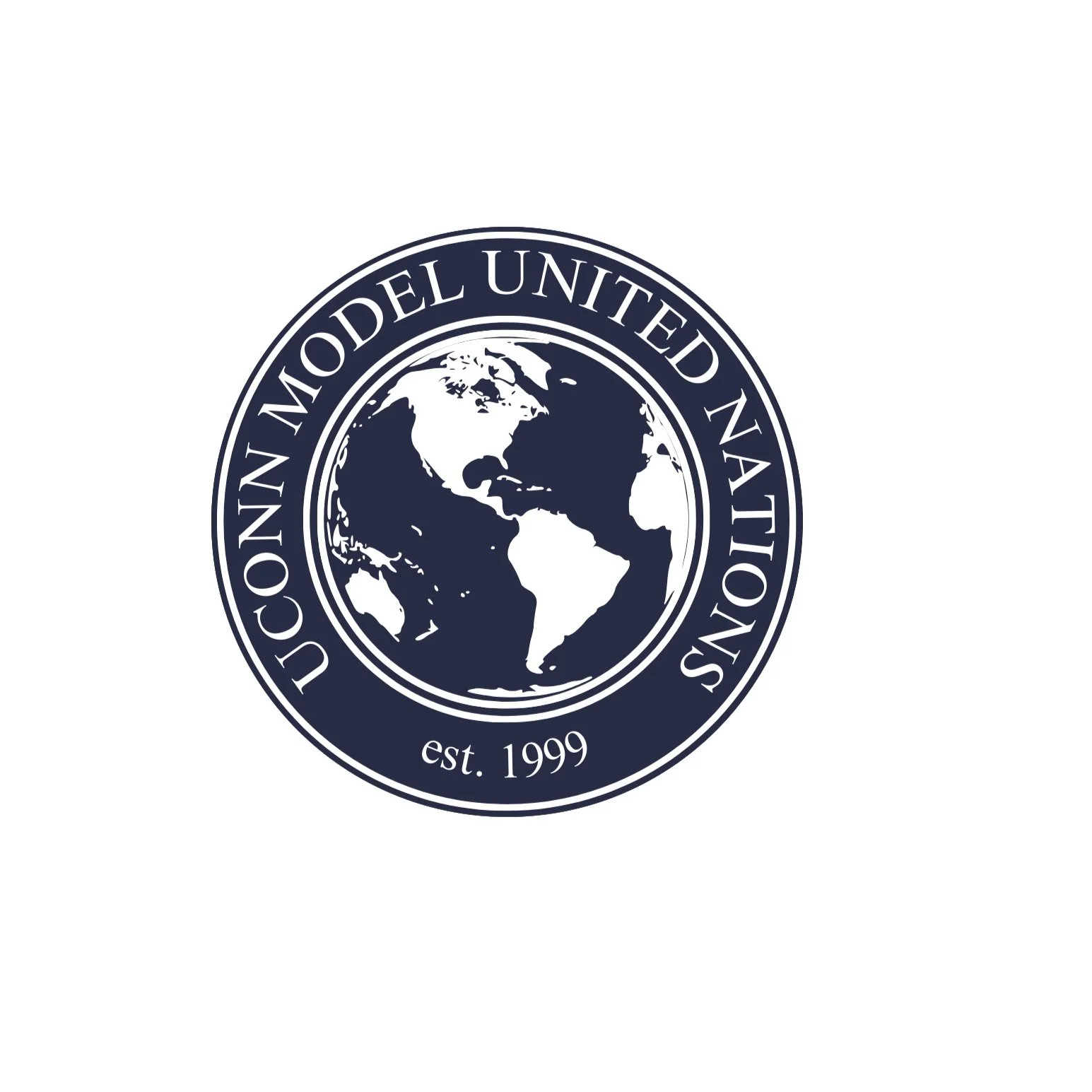Topic A: Climate Change and Its Impact on Urban Populations
Climate change presents an increasing and complex danger to urban communities worldwide. With the increase in global temperatures, cities—housing more than 56% of the global population—are confronted with growing vulnerabilities. Urban regions face a disproportionate impact from climate-related issues like rising sea levels, severe weather events, heat waves, and worsening air quality. Numerous large cities, especially in low-lying coastal areas, face the threat of flooding from rising sea levels and storm surges, jeopardizing infrastructure, homes, and the lives of millions. The urban heat island phenomenon, where cities heat up more than nearby rural regions due to human actions and dense buildings. This phenomenon ends up worsening the health threats brought on by increasing global temperatures, and this problem exists only in urban regions.
The effect of climate change on city infrastructure is significant. Energy grids, water supply systems, public transportation, and housing must adjust to rising demand and pressure of people trying to move into the growing urban region. In numerous developing nations, urban growth is an increase in the size and population of cities, often driven by migration, economic development, and industrialization. It typically leads to the expansion of urban areas into surrounding regions. Which influences infrastructure, housing, and environmental conditions. This has resulted in inadequate infrastructure, making urban communities particularly susceptible to being negatively impacted. Moreover, climate change exacerbates socioeconomic disparities such as poverty. Since underprivileged communities frequently do not possess the means to adapt or move. The pressure on public health systems is equally crucial: the rising occurrence of respiratory conditions, heat-related ailments, and vector-borne diseases such as dengue and malaria present major difficulties for urban healthcare.
Additionally, migration prompted by climate change from rural regions to urban centers caused by droughts, failed crops, and natural calamities places additional pressure on city infrastructure and services. Which frequently results in overcrowding and competition for scarce resources. Urban areas must be creative in tackling these challenges by embracing sustainable city planning, robust infrastructure, and eco-friendly technologies. Global collaboration, funding for climate resilience, and the advancement of sustainable development goals (SDGs), particularly SDG 11 (Sustainable Cities and Communities), are essential for reducing climate threats and safeguarding urban communities worldwide.
Topic B: Food Scarcity and the Fight Against Malnutrition
Food shortage and malnutrition continue to be significant issues for the global community, impacting almost every region of the world. As per the United Nations, more than 735 million individuals experienced hunger in 2023, a number that has increased in recent years due to wars, economic turmoil, and the escalating effects of climate change. Food scarcity refers to the insufficient availability of food to satisfy the nutritional demands of a population. Whereas malnutrition includes both undernutrition and overnutrition, resulting in stunted growth, reduced immunity, and chronic illnesses.
In areas facing conflict or political unrest, like portions of the Middle East, Sub-Saharan Africa, and South Asia, interruptions in food production, supply chains, and markets result in severe food insecurity. Climate change worsens this problem by increasing the occurrence of droughts, floods, and other severe weather events that disrupt agricultural output. Moreover, increasing food costs and inflation create greater challenges for at-risk populations to obtain healthy food, particularly in low-income and emerging nations. At-risk populations would be groups who are more likely to experience adverse health, social or economic outcomes due to poverty and lack of access to resources. These populations are important to focus on when discussing access to food across the world.
The battle against malnutrition involves not only increasing availability and quantity of food to everyone but also enhancing food quality and variety. Deficiencies in micronutrients—referred to as “hidden hunger”—impact billions, causing long-term developmental and health issues, especially in children and pregnant women. Worldwide efforts like the World Health Organization’s Global Nutrition Goals and the United Nations’ SDG 2 (Zero Hunger) strive to eliminate hunger and malnutrition. Through fostering sustainable agriculture, enhancing food systems, and assisting at-risk groups with targeted nutritional support.
To tackle food shortages and malnutrition, the global community needs to invest in sustainable farming, enhance food distribution systems, and minimize food waste, which represents almost one-third of all food produced worldwide. Technological advancements like climate-resilient crops and precision agriculture hold potential but lack equal access and assistance. Efficient governance, global assistance, and cooperation among countries, NGOs, and private entities are crucial for developing robust food systems and guaranteeing that all individuals, irrespective of location or financial condition, can access adequate and healthy food.
Meet your Dias!
Olivia Joyce, Director
Annabelle Slaughterbeck, Topic Specialist
Olivia Joyce is an honors sophomore majoring in Political Science and Statistics, minoring in Analytics and Public Policy. She was previously the director for CSW. She is so excited to serve as the director for WHO at this year’s conference. Outside of UCMUN, Olivia is involved in the SHARP lab, Law Society, Empowering Women in Law, Ecoposium and Supplemental Instruction for STAT 1100 on campus. She is looking forward to the conference this year and meeting all of the delegates. Feel free to reach out with any questions to olivia.joyce@uconn.edu.
Bio coming soon.



